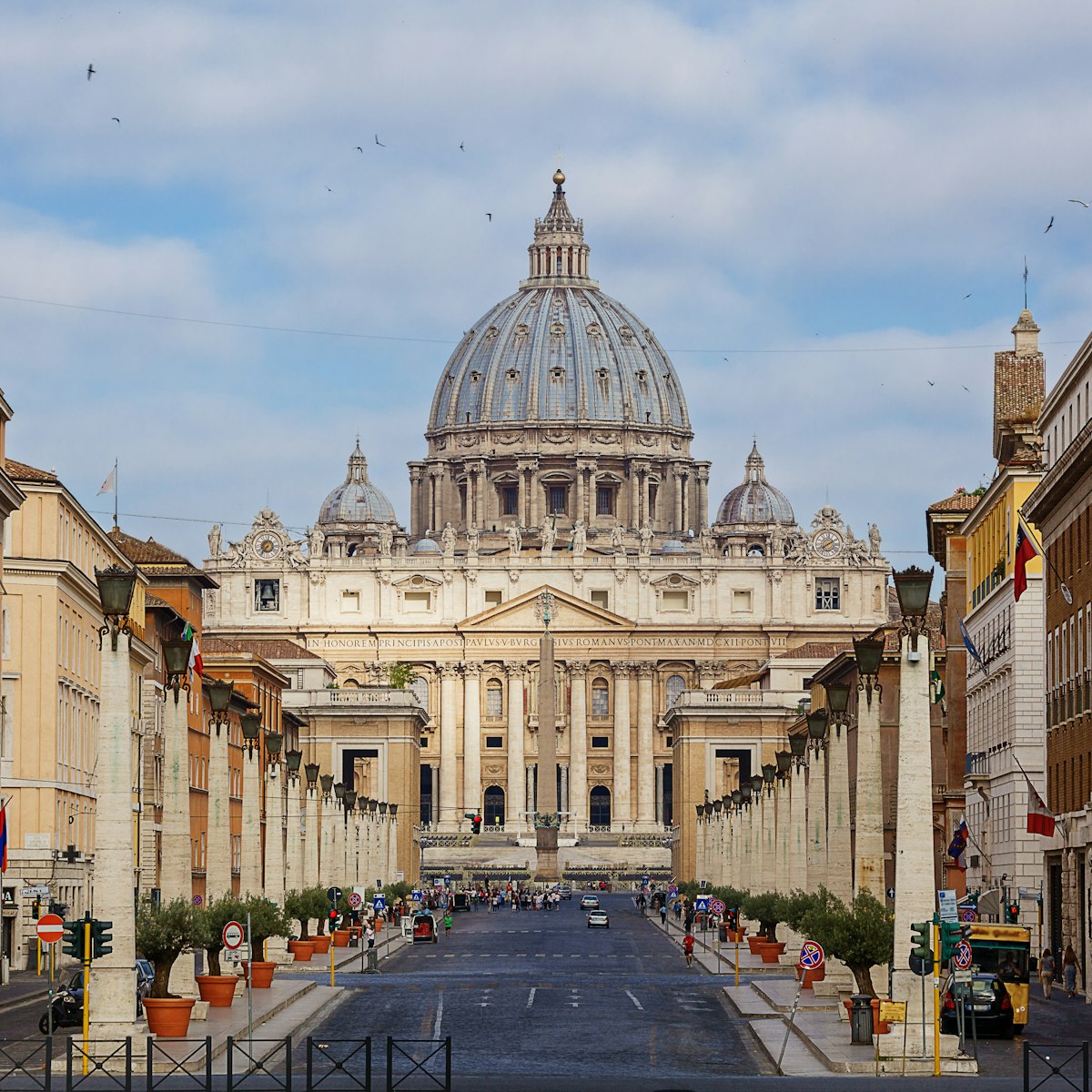Able to accommodate some 3000 people, the Terme di Diocleziano was ancient Rome's largest bath complex. Now an epigraphic museum, its exhibits provide a fascinating insight into ancient Roman life, with the highlight being the upstairs exhibition relating to cults. There's also a temporary exhibition area in the massive baths hall and a 16th-century cloister that was built as part of the charterhouse of Santa Maria degli Angeli e dei Martiri. The cloister's design was based on drawings by Michelangelo.
The cloister is home to classical sarcophagi, carved funerary altars and huge sculpted animal heads thought to have come from the Foro di Traiano.
As you wander around the museum, you'll see glimpses of the original complex, which was completed in the early 4th century as a state-of-the-art combination of baths, libraries, concert halls and gardens – the Aula Ottagona and Basilica di Santa Maria degli Angeli buildings were also once part of this enormous endeavour. It fell into disrepair after the aqueduct that fed the baths was destroyed by invaders in about AD 536.
Note that the museum is one of four that collectively make up the Museo Nazionale Romano. A combined ticket (€15/8), which is valid for three days, includes admission to the other three sites: Palazzo Massimo alle Terme, Palazzo Altemps and the Crypta Balbi.







